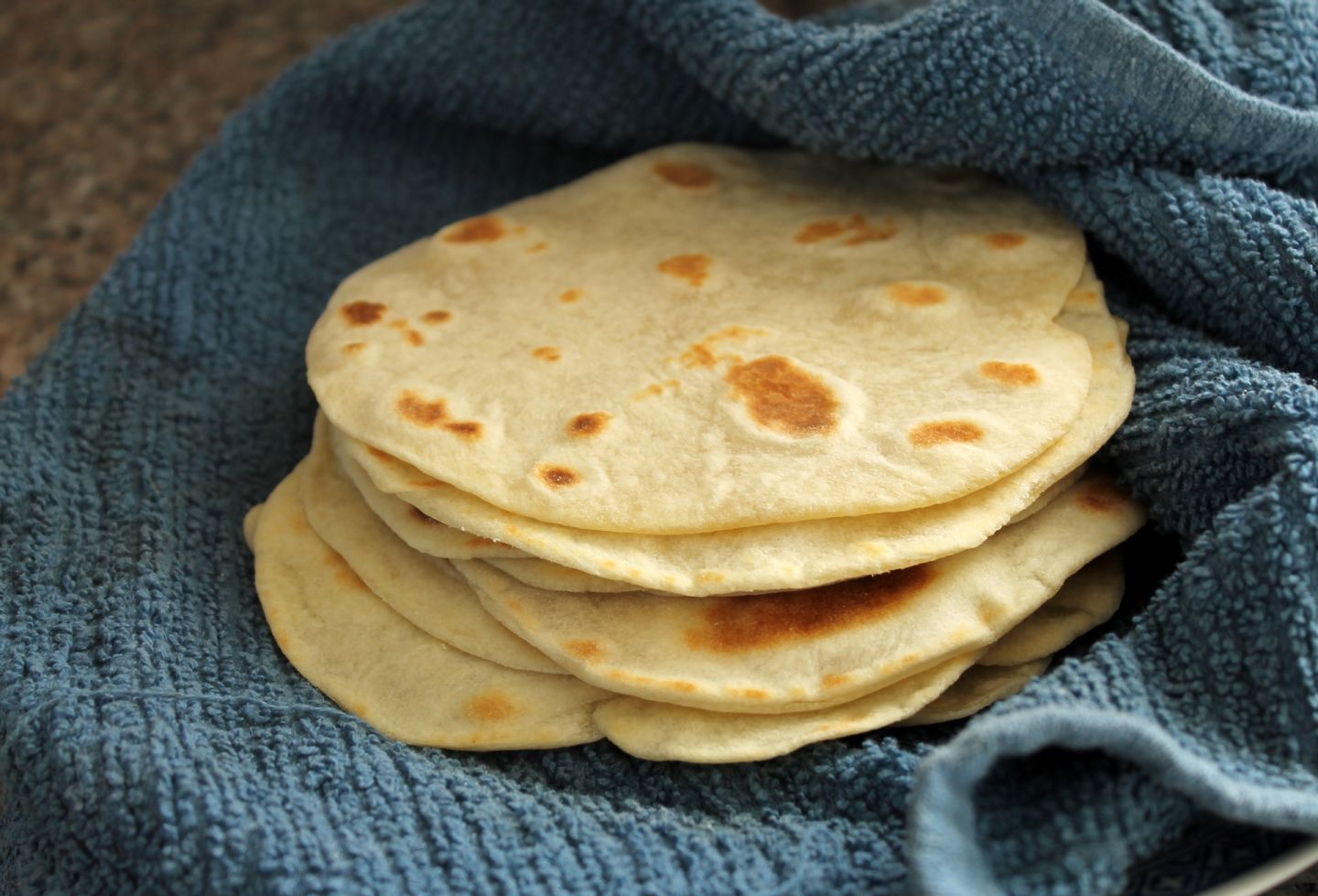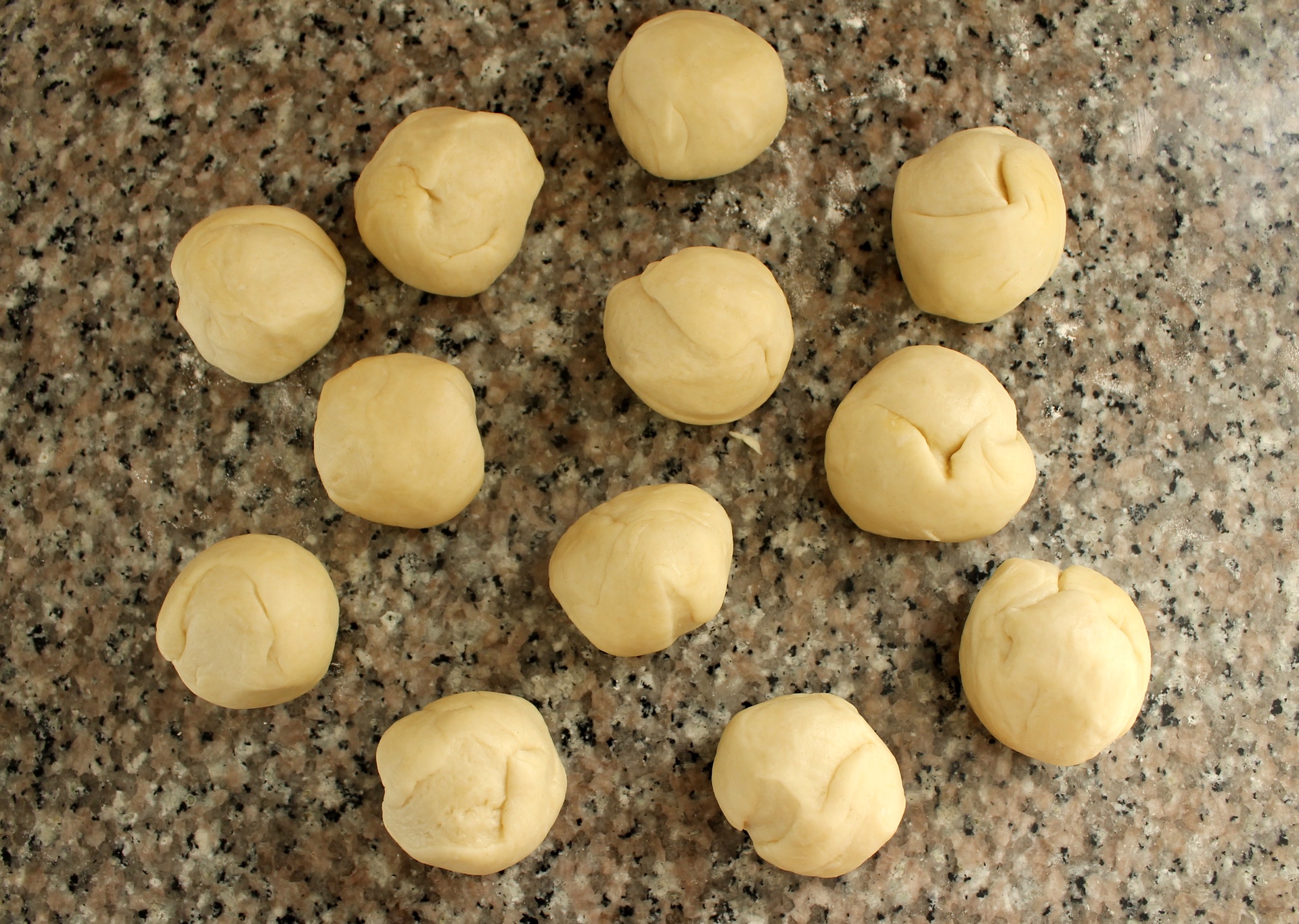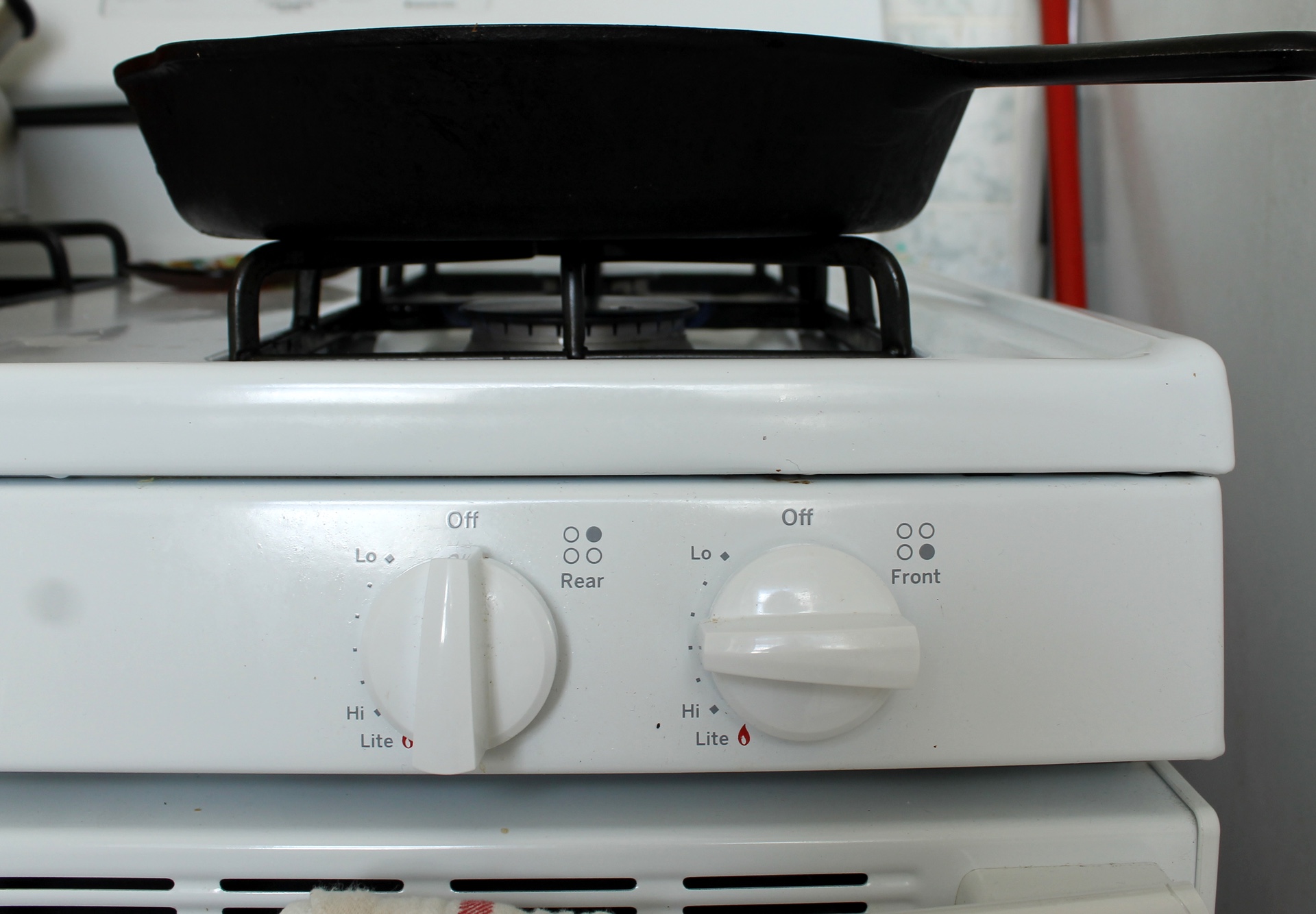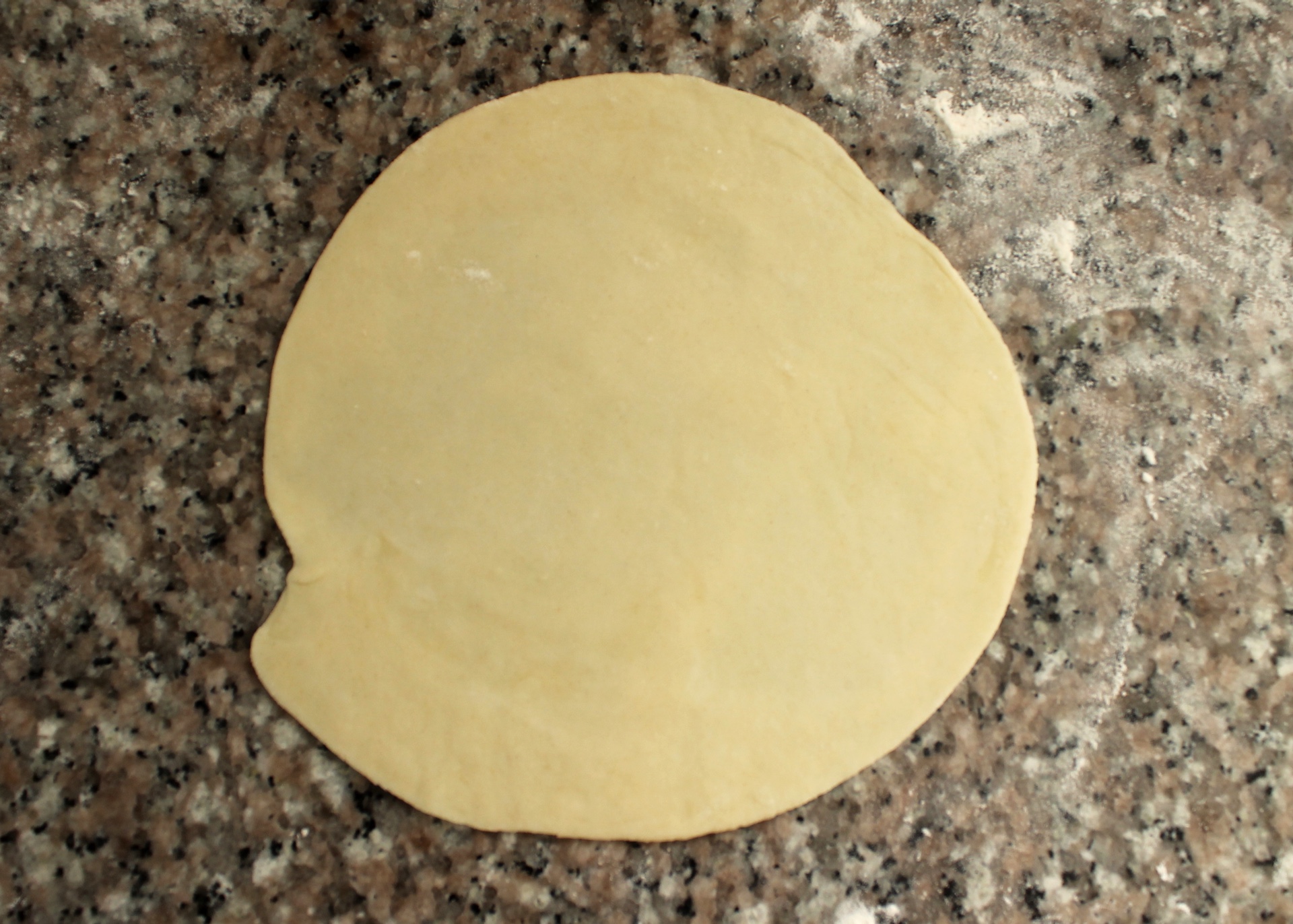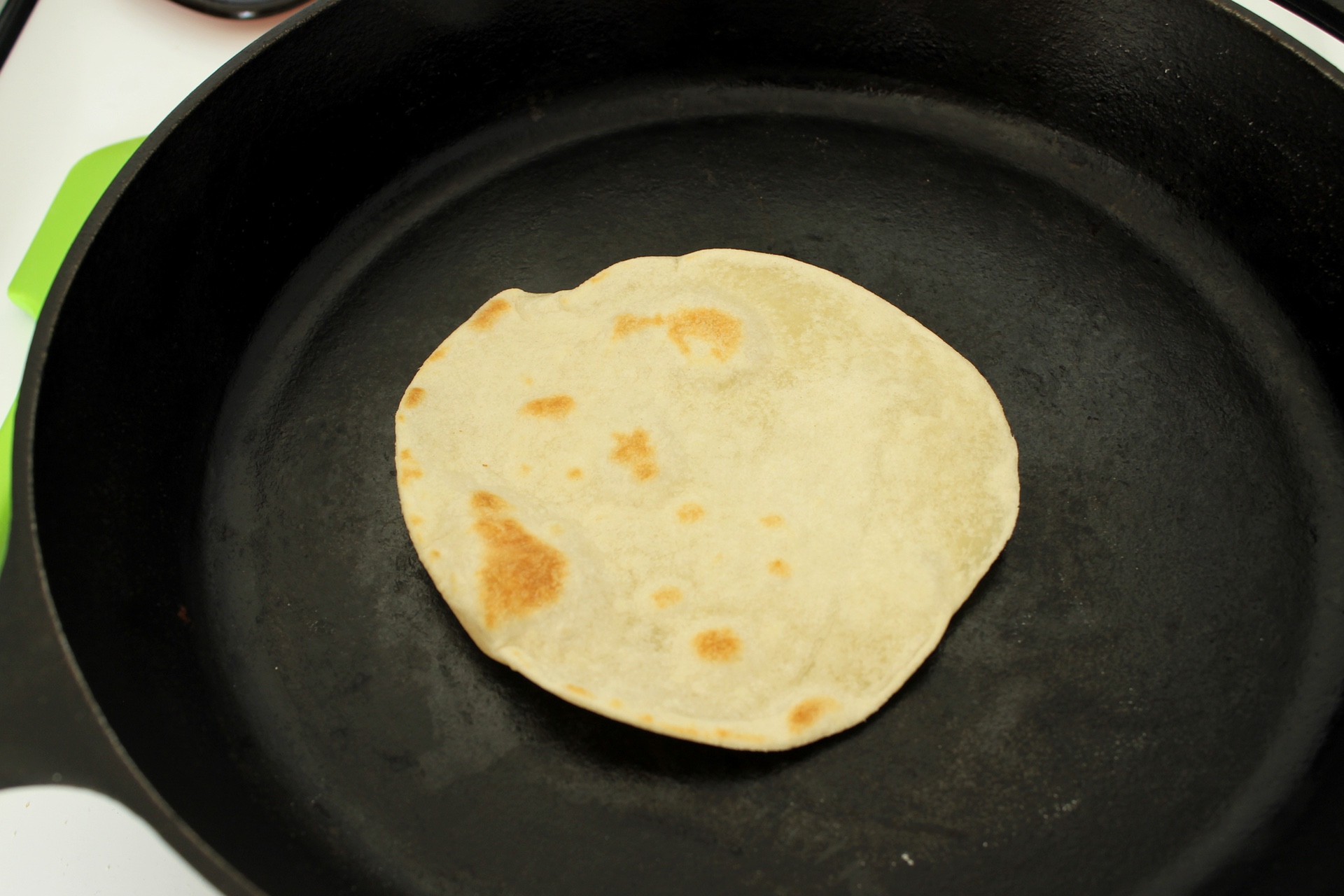I have never been much of a flour tortilla person. Give me a freshly made corn tortilla (or even a decent re-heated one), fill it with crisp carnitas or fried fish, and I’ll be beyond happy. Flour tortillas always seemed too fluffy, too bland, too chewy. But here’s the thing — I rarely ever find great flour tortillas. I’ve really just eaten far too many half-stale, poorly heated flatbreads.
Making tortillas at home is a good first start. Just like with corn tortillas, the flour version is always better fresh out of a skillet. But here’s the real secret to truly great tortillas — lard.
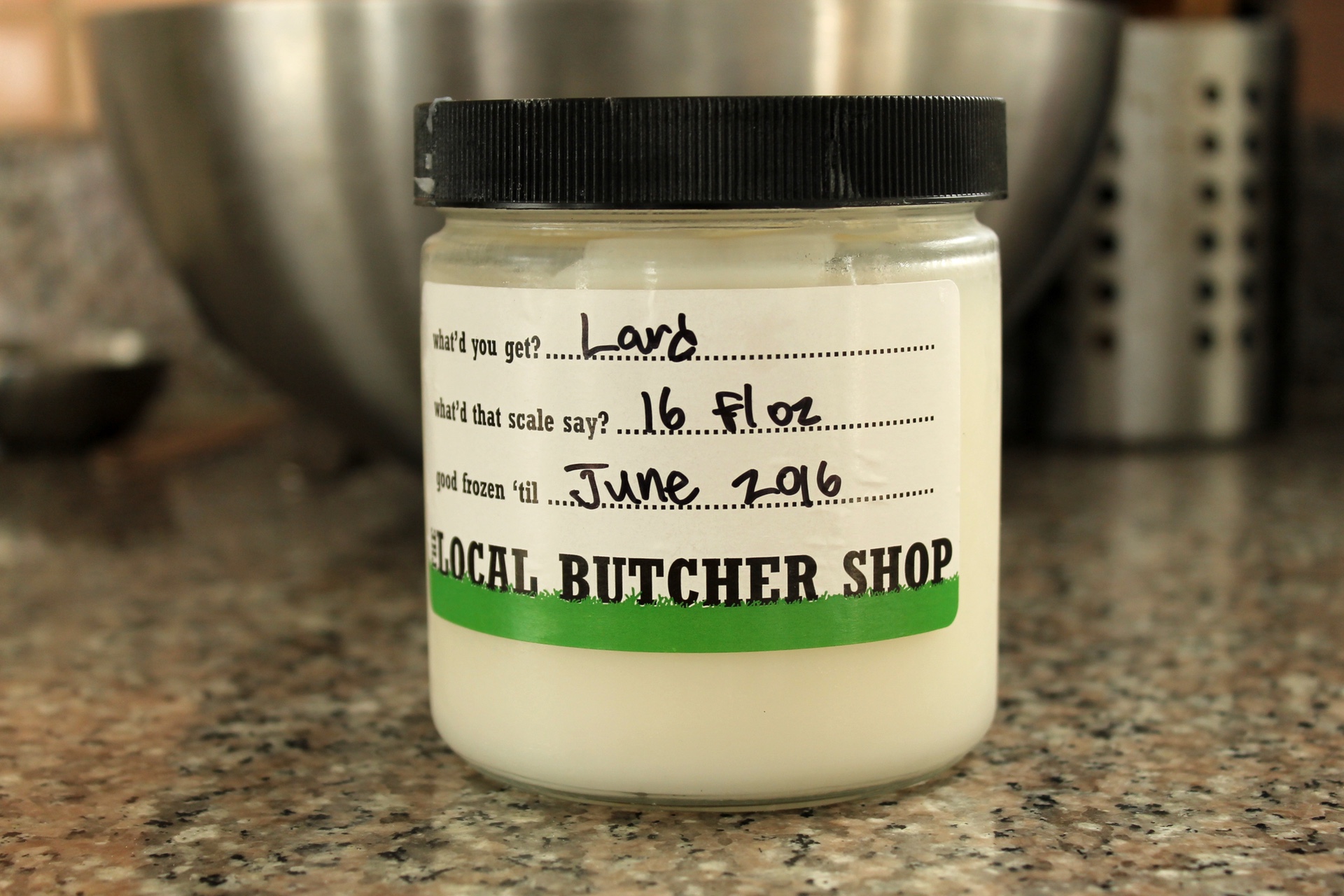
Yes, lard. It’s not only the most traditional fat to use for tortillas, but is also the most delicious. I think that it is important to choose a high-quality lard here; you really want to taste that hint of pork flavor. Plus, the remaining ingredients — flour and salt — are cheap, so you may as well go big here. I buy my lard from The Local Butcher Shop in Berkeley.
If you want to make the tortillas vegan, you can substitute vegetable oil for the lard, but I would only recommend doing so if absolutely necessary. (Some recipes call for vegetable shortening, but I don’t like to cook with it. Tortilla dough made with vegetable oil is slightly stickier than that made with lard. You can cut back on the water by a dribble or two, or simply use a little extra flour for rolling out the tortillas.) Remember, flour tortillas aren’t exactly a health food, so you might as well make them taste as great as possible.
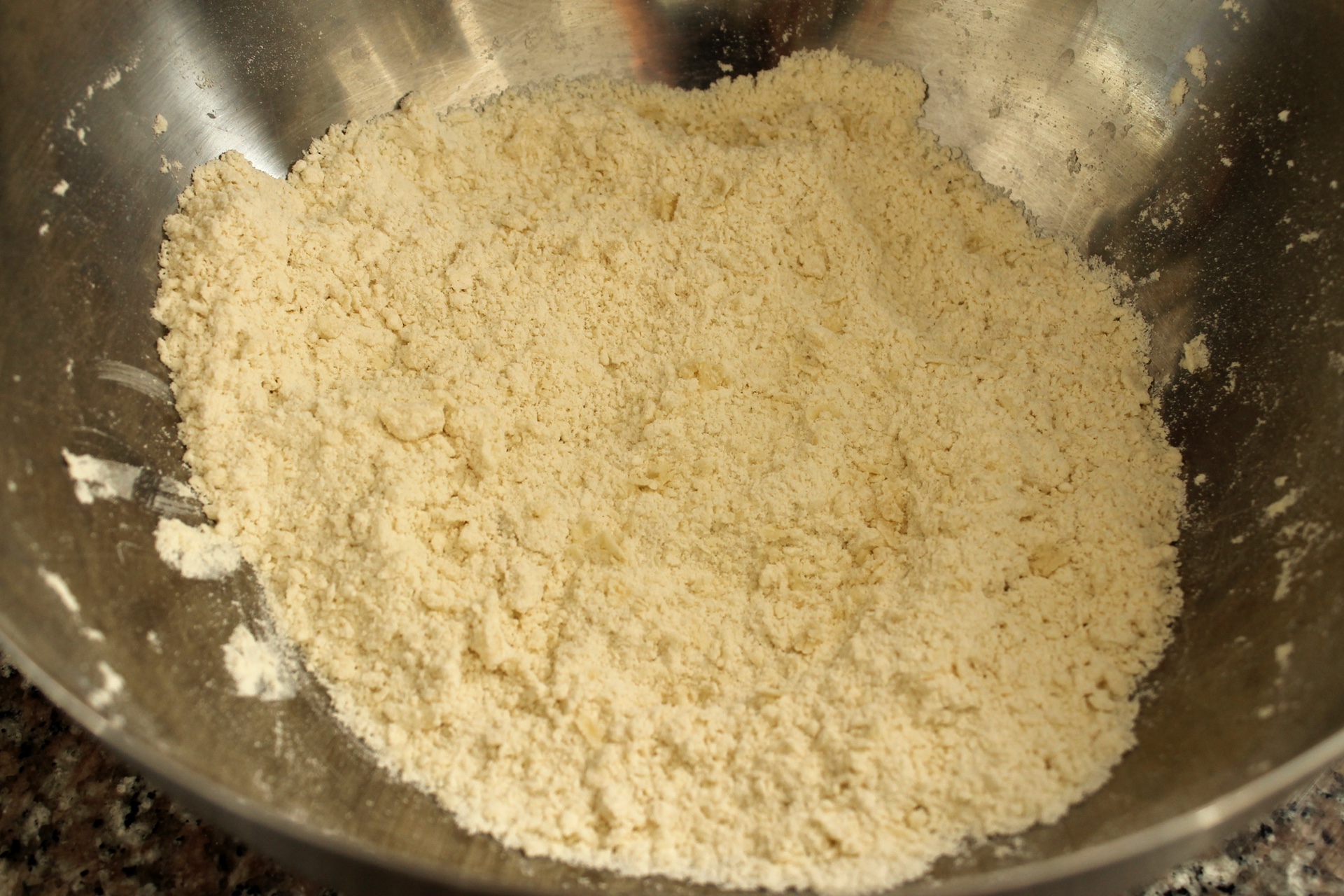
Using your fingers, rub the lard into a mixture of flour and salt until it looks like a coarse meal. You’re going to be kneading the dough, so don’t worry about keeping pebbles of lard in the flour like you would when making pie crust.
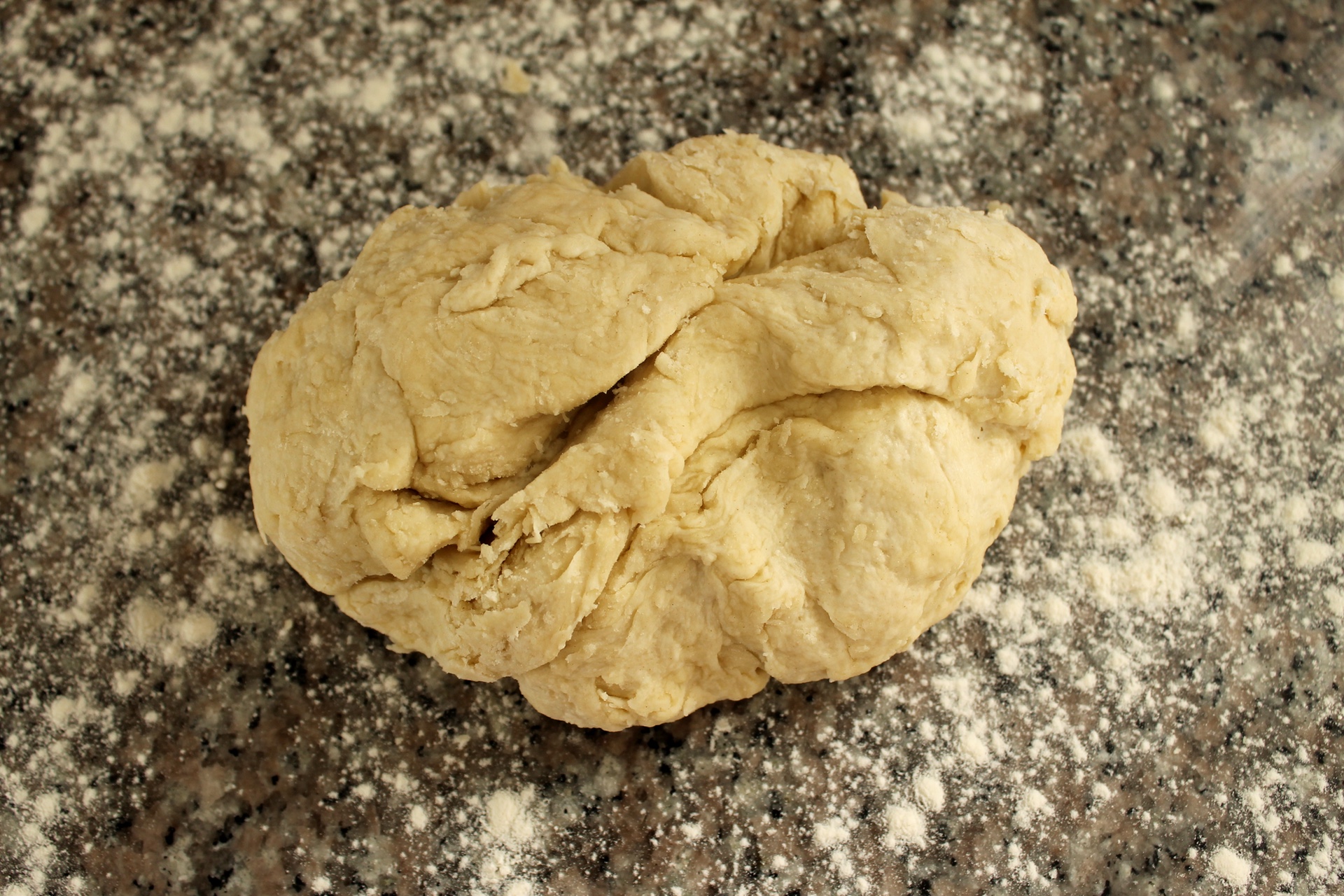
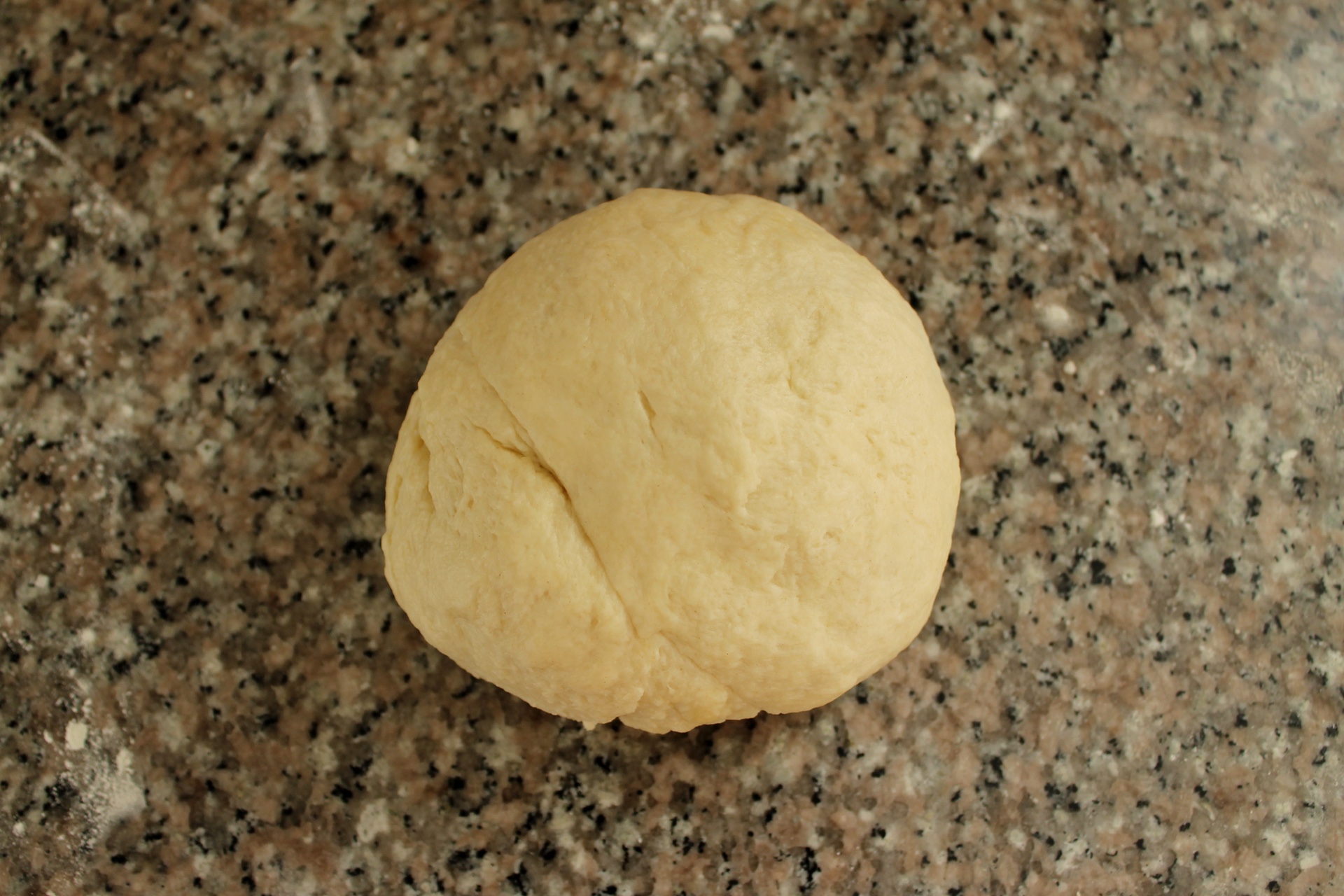
Now mix in warm water. Continue to use your hands to bring the mixture together into a shaggy dough. Dump the whole mess onto a flour-lined counter and knead. You don’t need to go too crazy here, just get the dough to the point where it is smooth and springy. This takes me about 2 or 3 minutes of kneading time.
